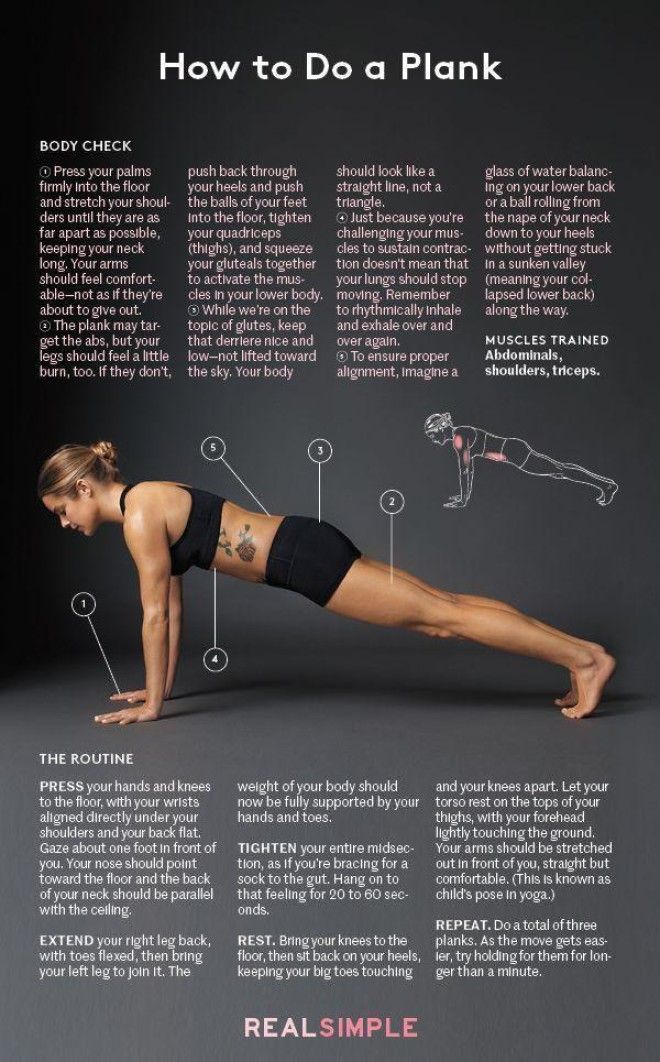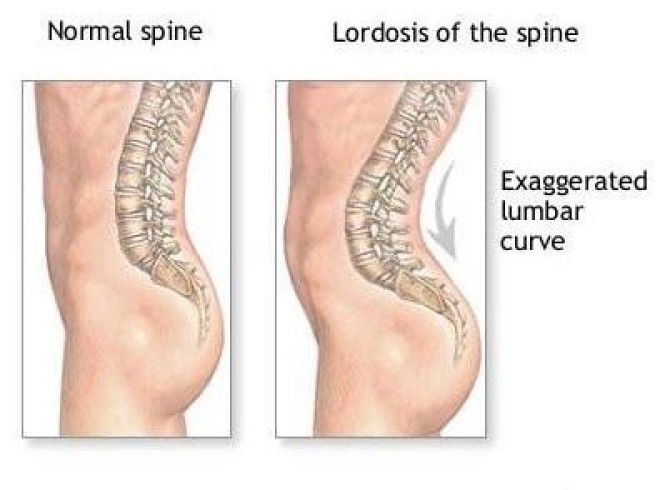For many people, the answer seems obvious – “The best core exercise is obviously the plank!” And, it makes sense that this is such a popular response. Planking has become synonymous with core training because of the potential benefits this one exercise can offer.
Planking targets deep abdominal muscles called the Transverse Abdominis (TVA). The TVA acts like a wide belt that supports your core, much like a weightlifter’s belt or a tight corset. Because planking develops these supportive muscles it is often thought to be the perfect exercise for avoiding injury, particularly lower back injury.
But wait, there’s more…
Performing a proper plank also recruits muscles in your back, glutes, legs, and shoulders, making it much more than just an exercise for your stomach. It really is a full-body exercise that can improve strength, posture, and muscle tone.
So let’s all start doing more planks, right? Not so fast.
While there certainly can be benefits to practicing the plank, there are 5 reasons why you might want to think twice before making it your go-to core training exercise.
1. Using Proper Technique is Harder Than It Looks.
One of the draws to using a plank for core conditioning is the seeming simplicity of it. Drop onto your elbows and hold your body off the floor for as long as you can. What could be easier?
In actuality, perfecting a plank is an art form. Most people don’t realize that the position of the shoulder blades and hips, as well as the contraction of the glutes, quads, and tightening of the TVA are all necessary for an effective and safe plank. It’s far from a mindless exercise!
Check out the infographic below to get a better sense of how technical a plank can really be. Exercisers often miss these key points and therefore sacrifice many of the benefits a good plank can offer.

2. Holding a Longer Plank Isn’t Always Better.
Holding a plank for long periods of time has become a bit of a badge of honour in the fitness community. If you can hold a 3-minute plank then you (and everyone you tell) can be sure that your core is really strong.
Unfortunately, it just doesn’t work this way. As we just discussed, a perfect plank requires a lot of discipline that cannot be seen by onlookers. It is quite possible for someone to hold a nice-looking plank for several minutes without fully engaging their muscles. It’s a deceptive exercise.
This results in two major problems. First, there becomes a competitiveness around planking that can lead people to losing form in favour of increasing plank duration. And second, a longer plank erroneously becomes a barometer for improvement when in fact, a longer plank is often achieved by relaxing into lazy form.
3. It Doesn’t Train Your Core For Real Life Movements.
Planking is a type of exercise known as an isometric. This simply means that your muscles are neither lengthening nor shortening while performing the exercise – You are holding a static position.
Even though you’re not physically moving, your muscles still have to contract to fight against gravity, otherwise you’ll face-plant into the floor! Training isometrically will help you increase your core strength, but just how practical is that strength?
Advertising
When do you ever hold a plank position in real life? Even if you’re an athlete, how does a plank translate into performance?
In contrast, there are many core training movements that require you to twist and bend much like you do every single day. Take for example the “Russian Twist” as demonstrated in the video below. This is an example of an isotonic exercise, one that translates into movements for everyday living, whether you are moving grocery bags into your car or swinging a baseball bat.
4. Planking Can Be Dangerous For Your Lower Back.
Plain and simple, planking with improper technique or when your core muscles aren’t properly trained is dangerous for your lower back. When the TVA muscles are not sufficiently strong enough to hold a plank, your body will quickly look to recruit other muscles to provide relief or it will shift into lazy form. Usually this results in sagging hips, which cause lordosis in the lower spine. In other words, your low back takes on an exaggerated curve and becomes susceptible to injury.
Here’s what a lordotic curve looks like. Take a look around the gym and you will likely be able to spot exercisers who are experiencing this during their planks.

5. It’s Just Not As Effective As Other Exercises.
Yes, practicing perfect planks with a strong focus on contracting all of the involved muscles is a good exercise for developing your core strength. But, according to several research studies, there are other core exercises that outperform the plank.
Again, it goes back to the isometric nature of the plank. Holding a static position cannot recruit as many muscles, or recruit muscles to the same degree, as exercises that combine various movements and different muscle contractions.
So which core exercise is best?
Using Electromyogram (EMG) technology, researchers have determined that a “Rollback Pike” using a stability ball stimulates more muscle contractions than any other core exercise (yes, even more than a plank).

